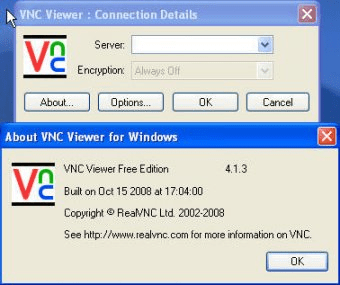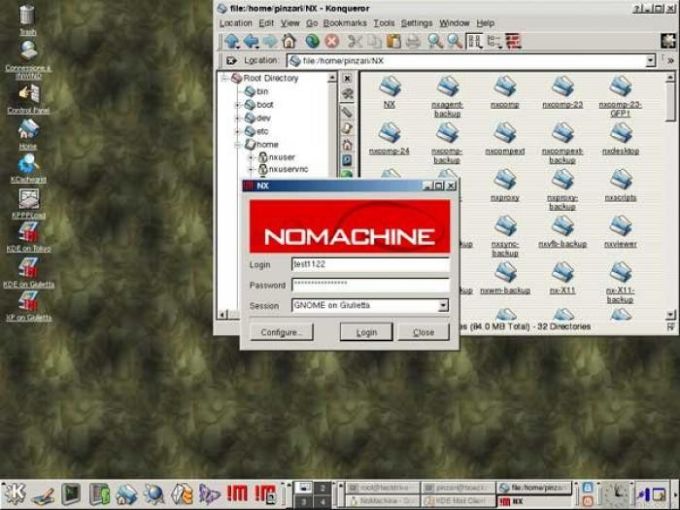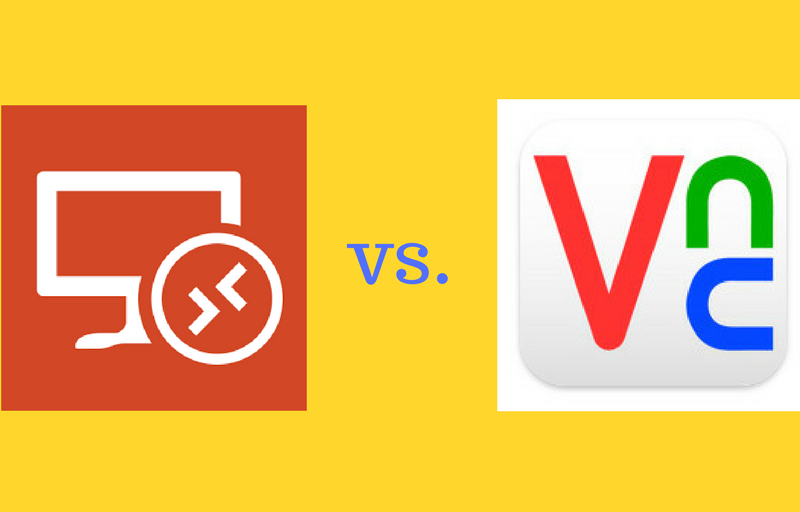

However, it is worth mentioning that this also makes cross-platform sharing easier regarding VNC vs RDP comparison. VNC vs RDP: FunctionalityĪs referred to earlier, VNC is a pixel-based protocol, so the data is transferred across the network in what is essentially called an image exchange, which makes VNC slower than RDP. Here we will cover some primary factors of the RDP vs VNC comparison, giving you a better view of their significant differences. But this is not true as these solutions have different use cases, making them a valuable alternative for particular circumstances. When discussing the VNC vs RDP comparison, some people may conclude that RDP is better than VNC or vice versa. What Are the Differences between RDP and VNC? With this introduction in mind, let’s talk about the VNC vs RDP comparison. Moreover, you can use many cross-platform apps, including TightVNC and RealVNC, to share your desktop across different computers. You will have access to their desktop and can teach them step-by-step as you install the software yourself. For example, if you work as a technical customer support agent and want to help a client install software, you can use VNC to connect to their computer. VNC is used mainly for technical support and educational purposes. VNC is pixel-based, which means it barely gets involved with the underlying graphic layout, making it a flexible but less efficient alternative.

Using VNC allows you to remotely control a computer while the primary user can watch and interact. Virtual Network Computing (VNC) is a desktop sharing system that utilizes a protocol named RFB. Take your desktop on the go to all the major cities in the US, Europe, and Asia.

Reliable, high-performance RDP servers with 99.95 uptime.


 0 kommentar(er)
0 kommentar(er)
